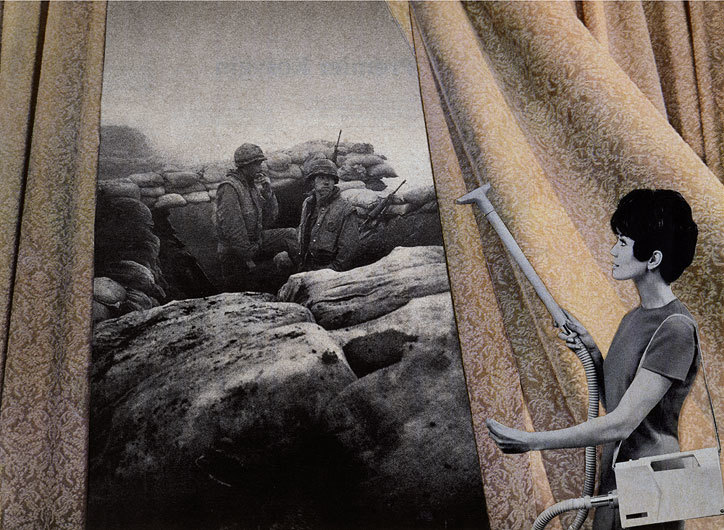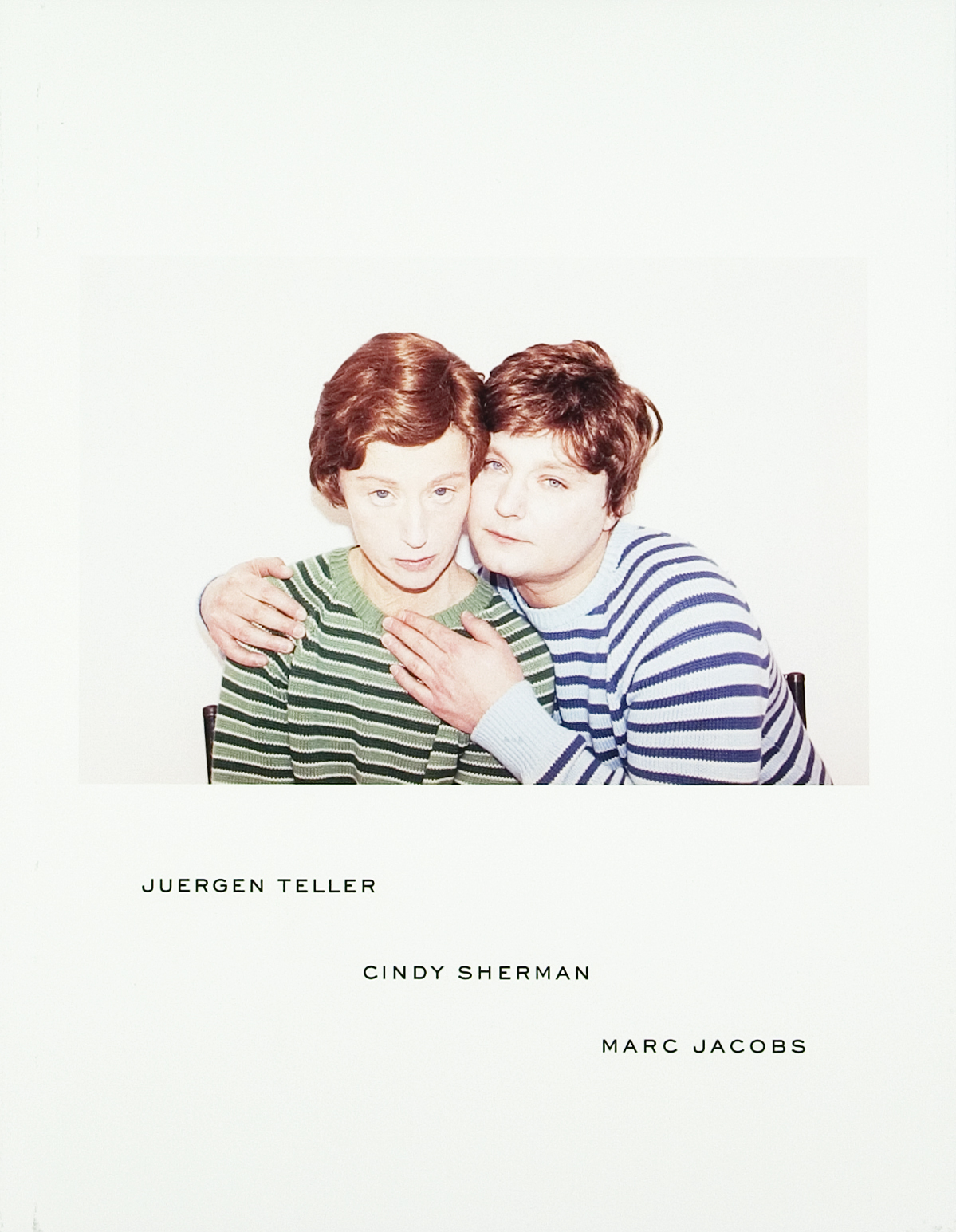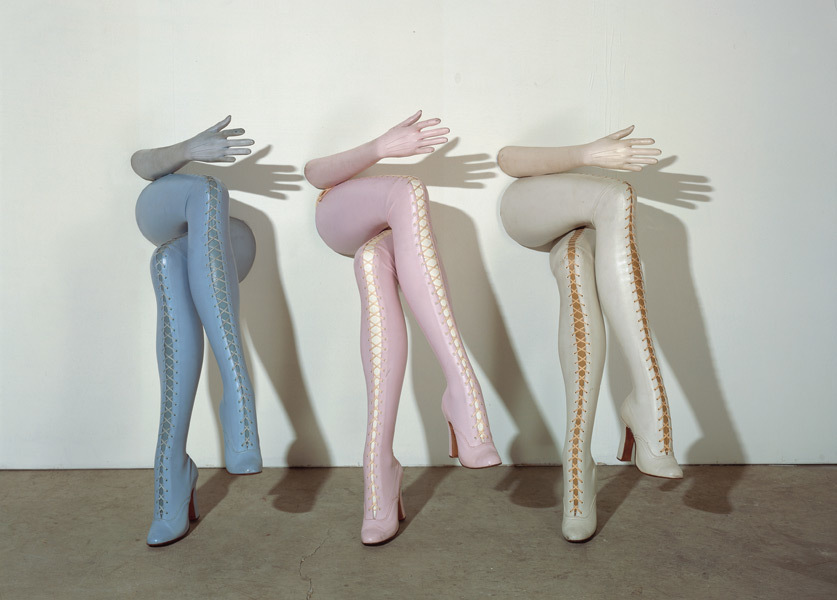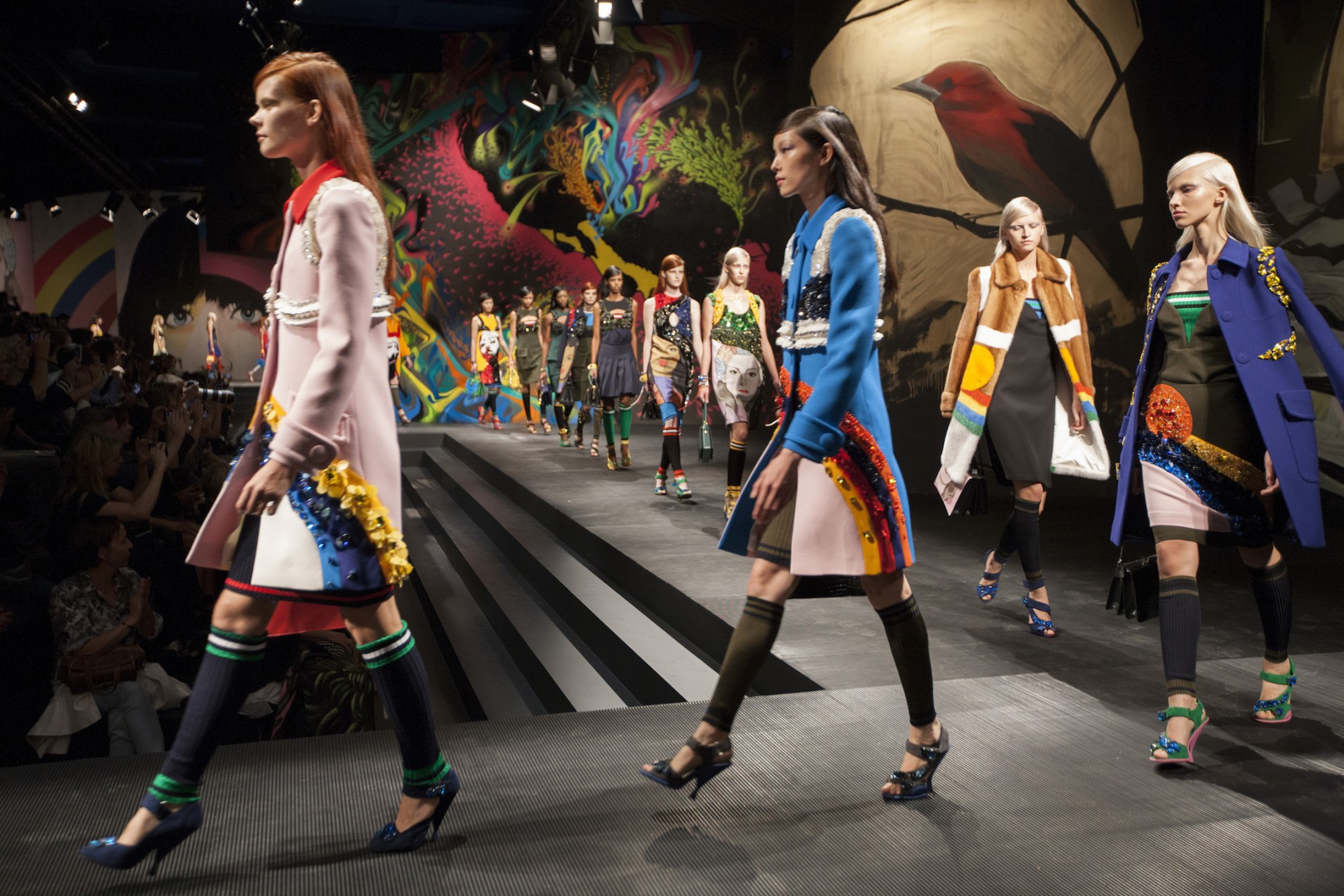Creative industries typically need each other to survive – art feeds on music, music feeds on art, fashion feeds on both and advertising eats everything it can get its mouth around. The bond between fashion and art is currently as strong as ever as evidenced everywhere from Prada’s Spring/Summer 2014 commission of six graffiti artists, Bottega Veneta’s work with Ryan McGinley and the modern-art-museum-worth of Louis Vuitton collaborations with artists like Yayoi Kusama to Takashi Murakami and Richard Prince.
This commercially fruitful partnership goes back to the first half of the 20th Century, when Salvador Dali placed a giant-sized lobster on a white Elsa Schiapparelli dinner dress.
Speaking to Wayne Tunnicliffe, the charismatic curator of Sydney’s Pop to Popism exhibition, he explains that the relationship has been intensifying ever since. “In the 1960s the creative scene was smaller and more fluid than it is now, and many of the most innovative fashion designers moved in the same circles as artists and musicians and other people shaping the culture of the times – I’m sure many pop artists were aware of fashion, but fashion also often used pop art images during this period. Some direct crossovers include Andy Warhol’s soup can dresses, or in Australia the Ken Reinhard designed dresses that models wore at one of his art openings.”
Pop artists didn’t only use fashion in their work they also used fashion designers. One of David Hockney’s most famous works is his portrait of fashion designer Ossie Clark and Clark’s wife, textile designer Celia Birtwell.

Meanwhile Yves Saint Laurent, who famously turned a Piet Mondrian painting into a dress, got the full Warhol treatment in a four-panel silkscreen portrait in 1974. Warhol was also great friends with Halston, who appeared in a number of Warhol’s works. Halston, in turn, commissioned Warhol to create advertising campaigns for his house, and collected Warhol’s art.

Fashion has been a source of collaboration and celebration, but for many artists, it is also a subject of critique. Martha Rosler’s Bringing The War Home series takes images from high fashion and luxury interiors magazines, and splices them with violent photography of the Vietnam War. These works effectively illustrate the bloodshed that’s concealed by consumer culture.

Or Cindy Sherman for example, who criticises and celebrates fashion in the same breath. Tunnicliffe explains, “I think it’s fine to have a negotiated relationship with fashion as Cindy Sherman does, where she both seems to critique how fashion can shape our sense of self while also participating in fashion’s image making. This somewhat slippery inside-slash-outside positioning is typical of many artists who became well known in the 80s, such as Richard Prince and Jeff Koons where at times they seem to critique and at other times participate in the worlds of commerce and mass media.”
The idea that art could somehow keep itself pure from commerce seems a little implausible now, but that doesn’t stop some from wishing it were so. “Consumer savvy artists have always garnered a mixed response, ever since the first pop art exhibitions in the early 1960s. Some thought commerce and high culture had no place together, while others saw their collusion in pop art as a recognition of the big business that the art world is and an honest reflection of how commercialism was dominating much of the world”, Tunnicliffe adds.

While not every designer can claim to manufacture meaning with their work, when fashion trickles down to the individual level, meaning is exactly what is produced. The act of getting dressed always says something – whether the message is one of conformity or rebellion. Artists can use this meaning as a shorthand for something deeper, whether it’s a pair of fetishistic boots in an Allen Jones sculpture, or a chicly dressed couple speeding into the night in a Lichtenstein painting.
While fashion and art feed off each other in more structured settings, the way the two come together organically to convey a story is perhaps the deepest link. And as long as people continue to wear clothes, it’s a bond that’s unlikely to break.
Credits
Text i-D Team
